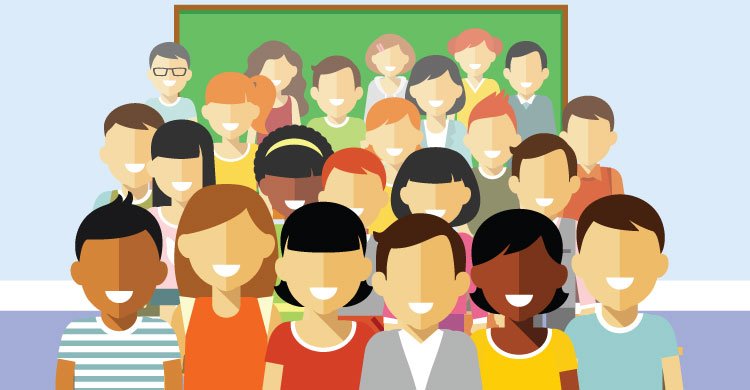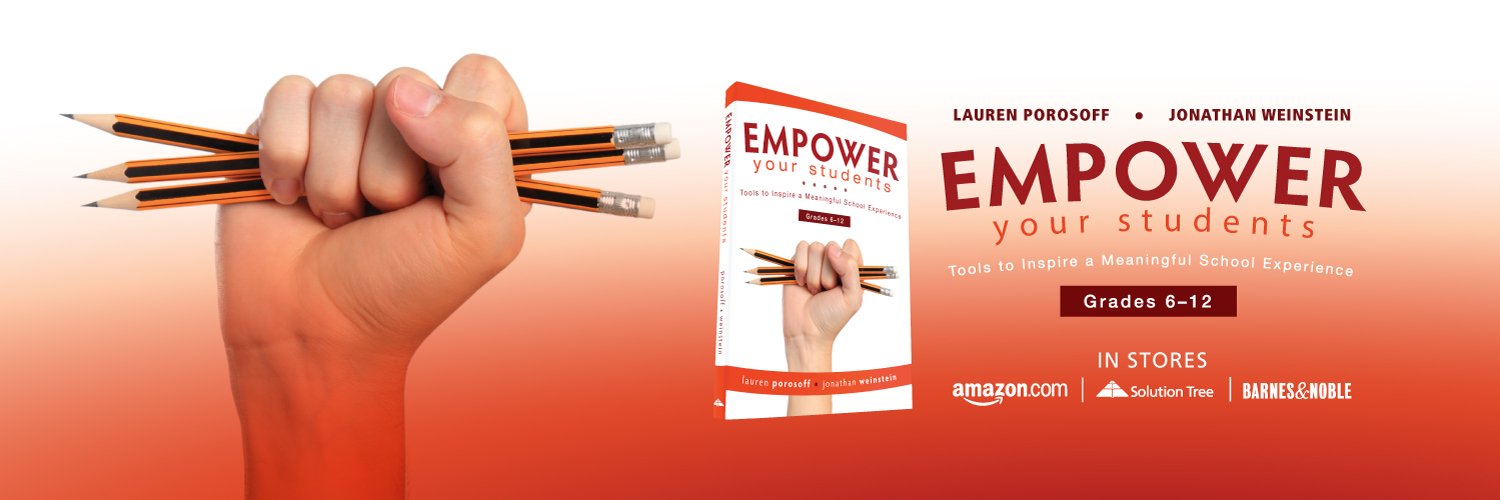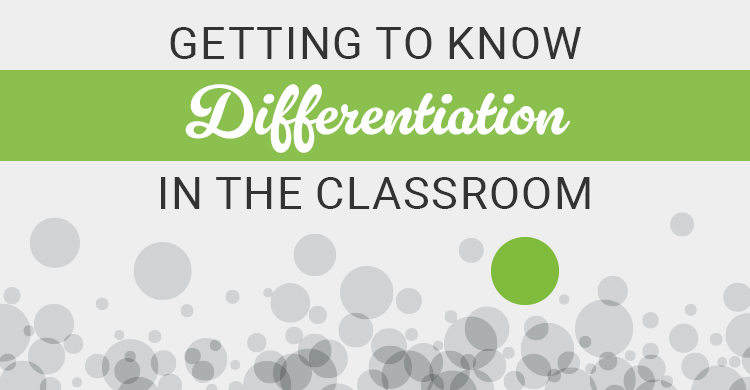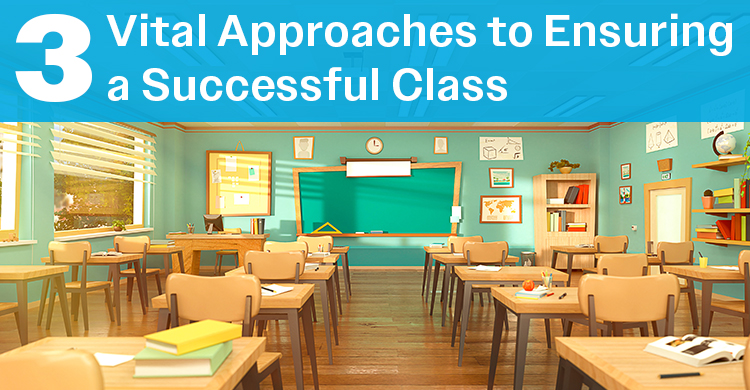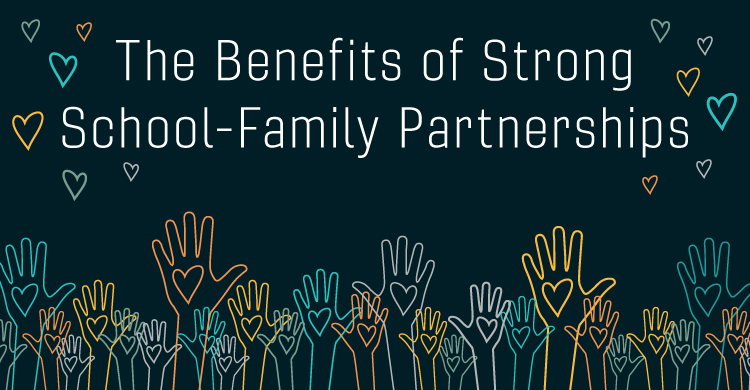This blog post is based on the book EMPOWER Your Students: Tools to Inspire a Meaningful School Experience.
How do you build community in class?
Sometimes we do activities designed solely for community building, such as filling out bingo boards with each other’s names (“Find a classmate who was born in another state.”), interviewing each other (“What’s your favorite ice cream flavor?”), bringing in pictures or artifacts for show-and-tell, or creating a class handshake. Usually we do these kinds of activities early in the year; we want to ease into the school year and get to know a little bit about who’s in the room before starting our schoolwork.
But do students really become a community through doing these activities? Does sharing favorite ice cream flavors lead to deeper conversations about their backgrounds, passions, and values? Or do they dutifully participate, their self-disclosures and expressions of interest in each other as superficial and contrived as the activities themselves? If “community building” consists of cute activities with no connection to their important work, do the students learn that community is itself unimportant?
Instead of creating disconnected community-building tasks, we can use the tasks our students already do as opportunities for building community. In a chemistry class, working with a partner on a titration lab can also be a context for getting to know each other as thinkers. In history, writing a paper on the Amistad Rebellion can also be a context for opening up about what matters to them. In math, working in a group to solve a challenging problem can be a context for sharing their struggles.
Maybe instead of making community building a separate set of activities, we can see every lesson and assignment as a potential context for building community. How can you reimagine one of your lessons so that in addition to teaching your content, you’re also creating a context for students to become a community?
The Represent-and-Respond Strategy for Community Building
One strategy we recommend for building community through shared meaningful work is what we call represent-and-respond. It can work in almost any subject and grade level. Here’s how it works.
-
Represent initial knowledge, thoughts, or feelings.
Students might create a small poster showing images they associate with growing up, cartoon characters of elements on the periodic table, maps of their states, sketches of tattoos they’d imagine a book character would get, play-clay sculptures that represent democracy, black-marker drawings showing their emotional responses to a current event.
Keep the prompt and the materials simple and the time short, because this is meant to be a low-stakes way of displaying what they already know, think, or feel.
-
Look at each other’s work.
Students put their finished or in-progress work on their desks, and everyone walks around the classroom to view each other’s work at their own pace. Rather than having each student present what he or she created, the work speaks for itself. No one puts on a show, justifies choices, or even gives explanations. This is provisional, a first look, a chance to see each piece of work on its own terms, and by extension, to see each other.
-
Notice patterns and outliers.
After a few minutes of just looking, the students grab their notebooks and list patterns and outliers. Patterns might be obvious; if students made posters of images they associate with growing up, maybe several students drew car keys. But encouraged to look deeper, some students might notice lots of images associated with independence and mobility. Outliers are images or ideas that only come up once.
Back at their desks, students respond to writing prompts that help them think further about these patterns and outliers:
- What do the patterns tell us about ___? (Fill in the blank with a topic or theme your class is studying, like “what it means to grow up” or “chemical elements.”)
- What do the patterns tell us about who we are as a group?
- What’s interesting about some of the outliers, and what do these outliers tell us about ___?
- What do the outliers tell us about the people who created them?
Represent-and-respond gives students the opportunity to clarify their own ideas, learn from each other, develop their thinking, and prepare to engage in further learning together. It also helps students notice what they have in common, as well as the diversity of perspectives in the room, and appreciate each other’s contributions to their own education. And it’s something you can do not only at the beginning of the year but throughout, to keep building a meaningful learning community (as well as encourage students to become global digital citizens).
This strategy doesn’t have to be limited to students either. You can also use represent-and-respond at faculty meetings to build a learning community among adults. Teachers can represent their knowledge, thoughts, or feelings about a student, a school issue, or a new program. How you go about this matters; your colleagues might feel infantilized if asked to draw pictures or make play-clay sculptures, or perhaps they’d find this sort of activity fun and refreshing. You know your school best. But what’s more important than how they represent their knowledge is the opportunity to view each other’s responses, notice patterns and outliers, and discuss what they can learn from and about each other. By doing this work, teachers too can build a meaningful professional community.
For more ideas on integrating community building into student and adult work, check out EMPOWER Your Students: Tools to Inspire a Meaningful School Experience.
[author_bio id=”1365″]
[author_bio id=”1567″]


